Frosty temperatures can pose a threat to delicate flowers, causing damage to blooms and even leading to plant loss. However, with the right precautions and protective measures, you can shield your flowers from the chill of frost and ensure they thrive despite the cold. In this guide, we’ll explore effective strategies for protecting your flowers from frost and cold temperatures, allowing you to enjoy a colorful and flourishing garden all season long.
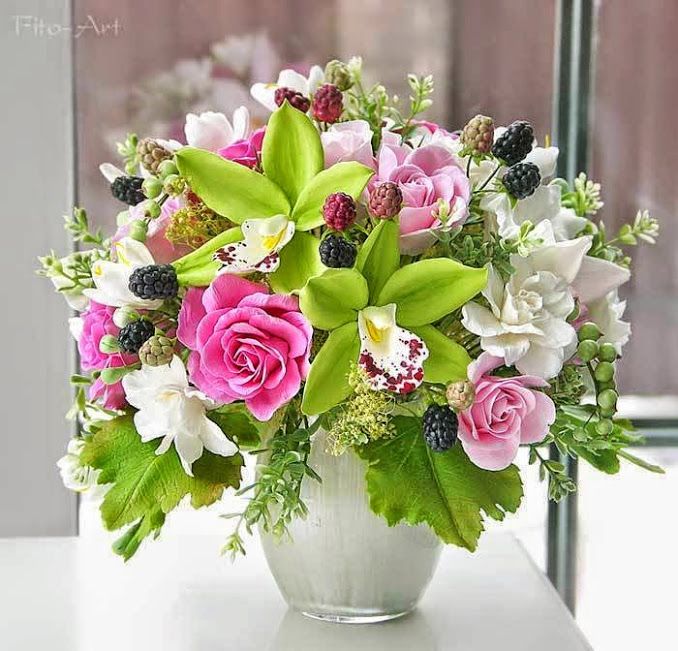
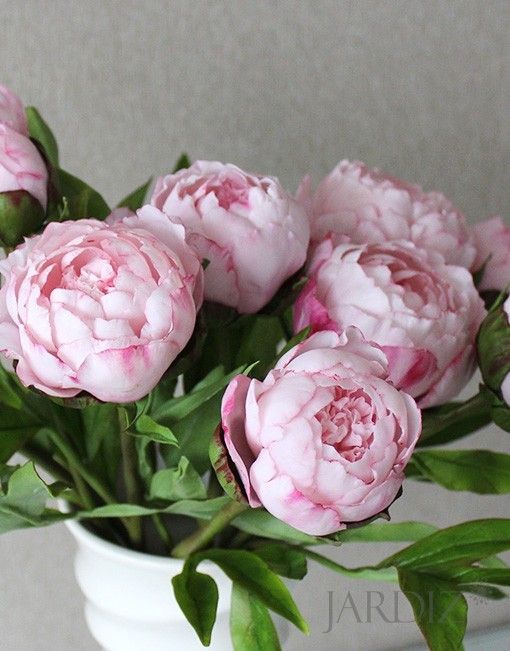
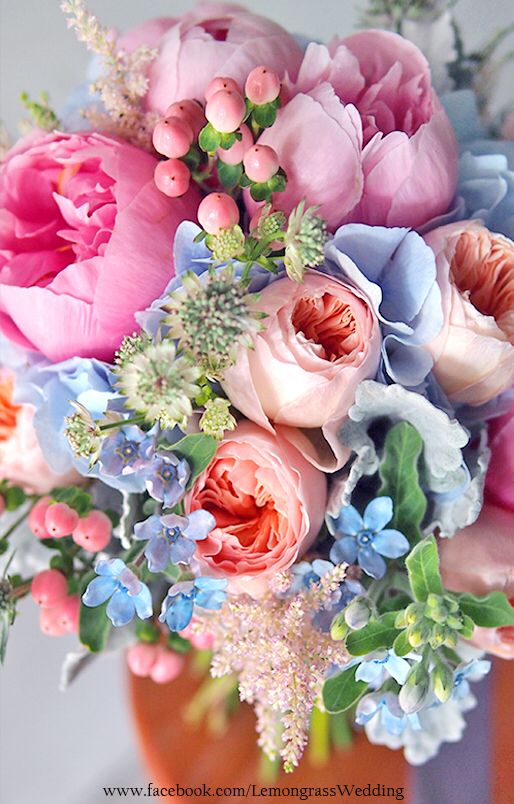
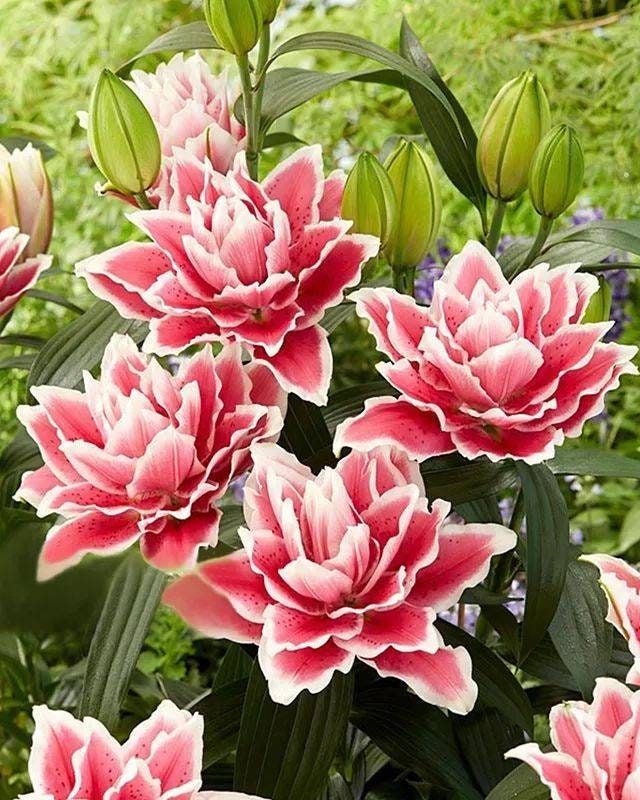
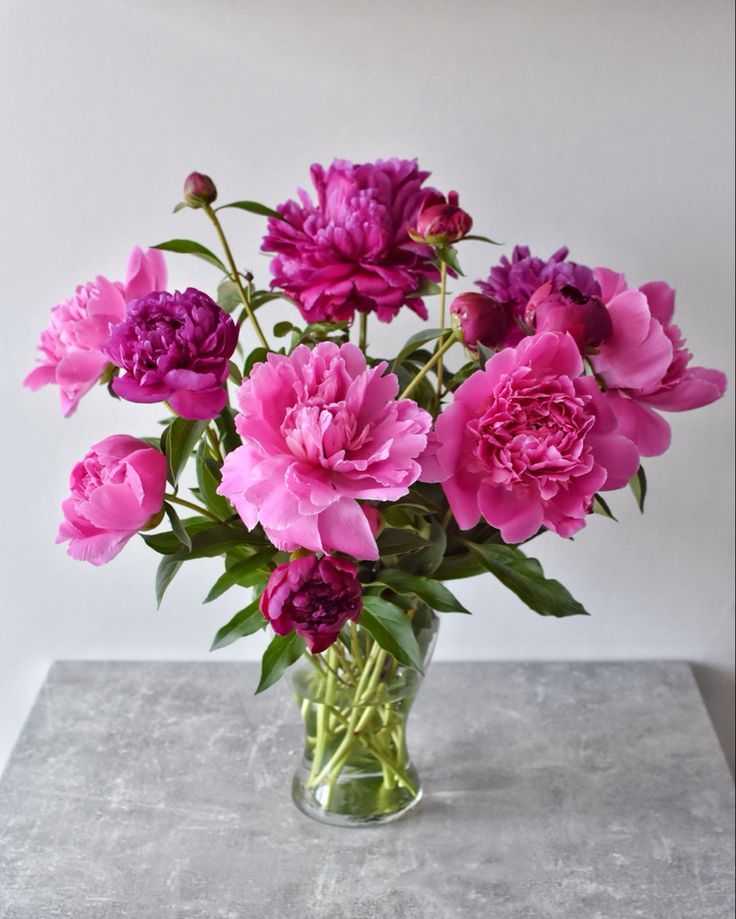
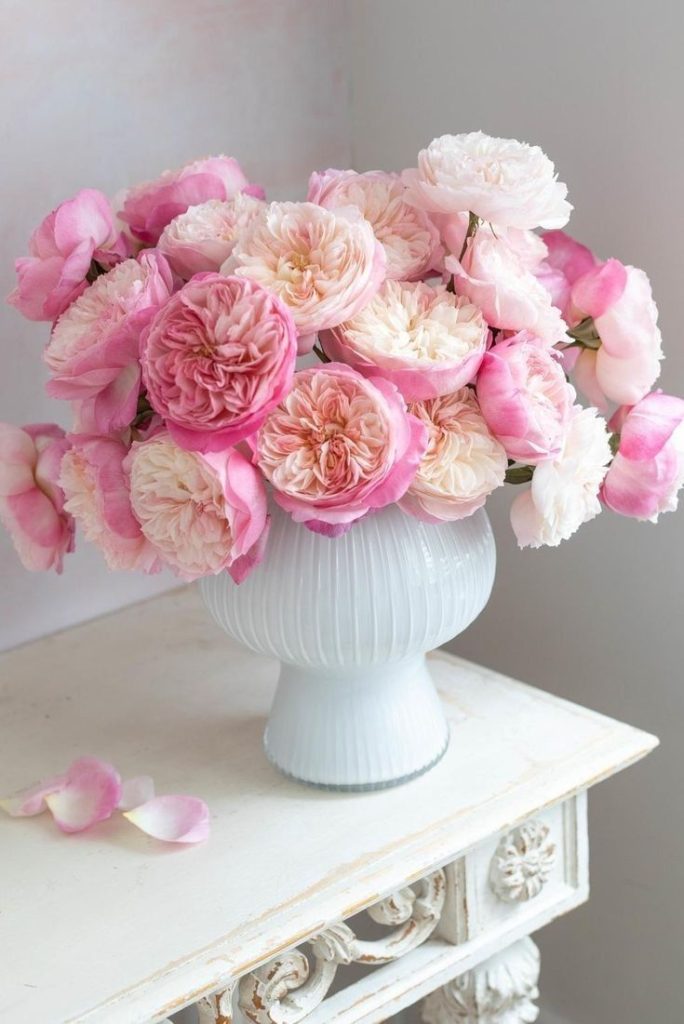
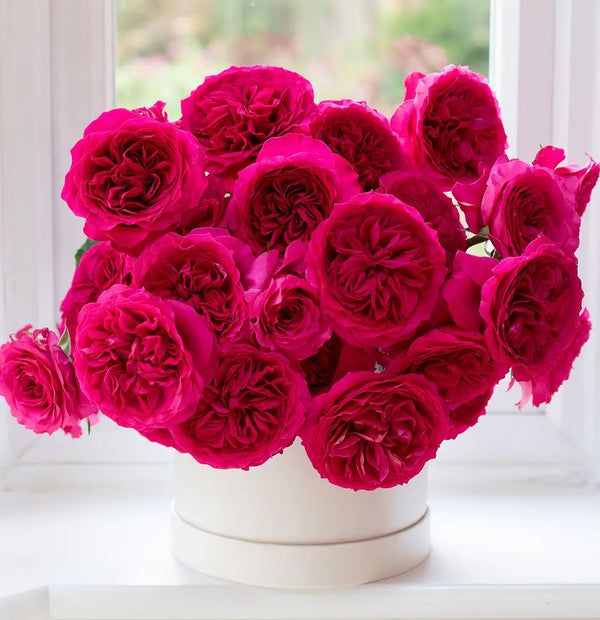
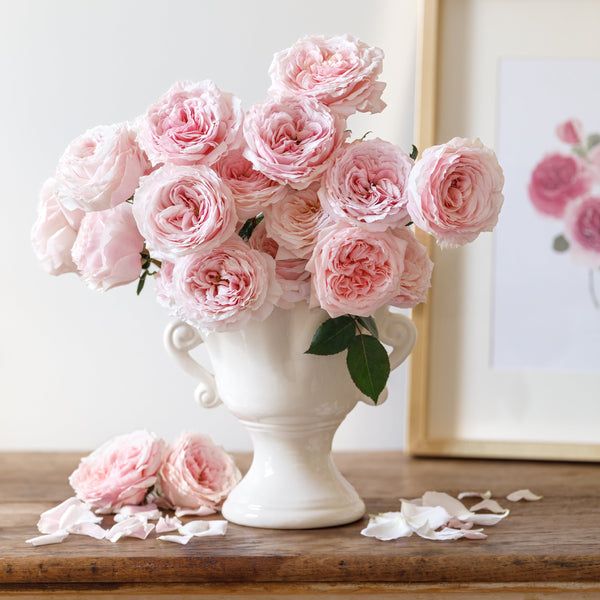
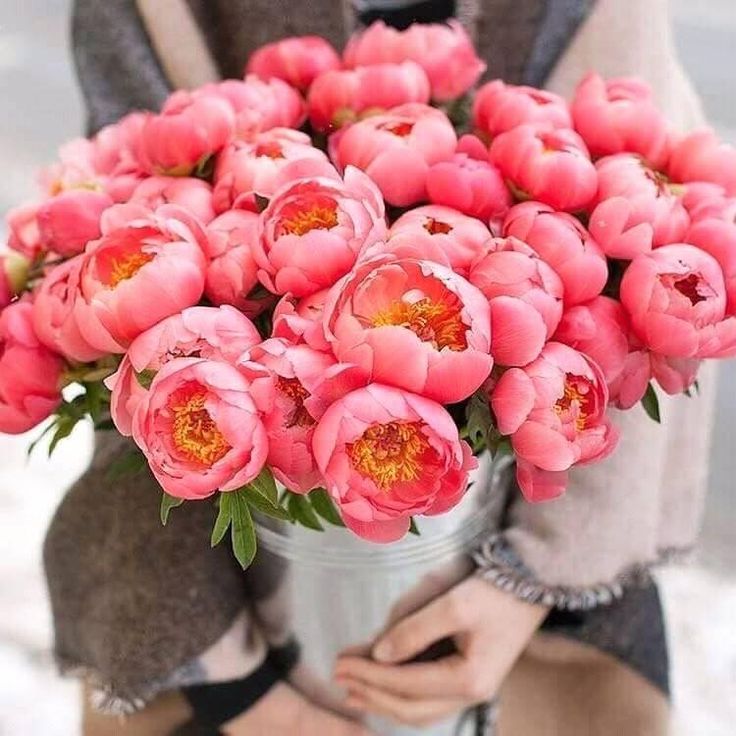
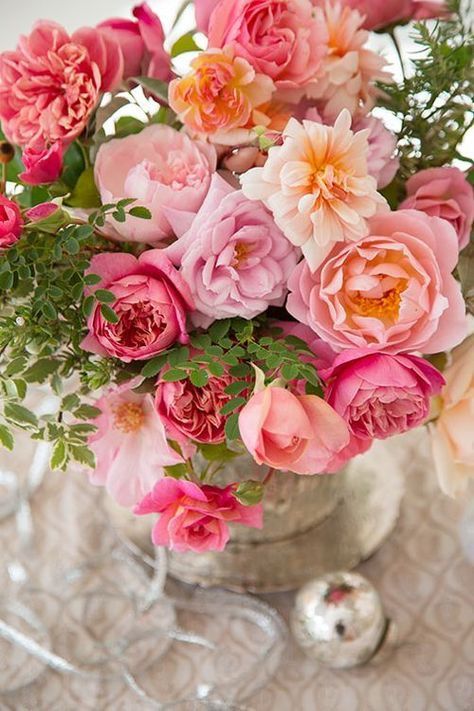
Understanding Frost and Its Effects
- Frost Formation: Frost occurs when temperatures drop below freezing, causing water vapor in the air to crystallize and form ice on surfaces. Frost can damage tender plant tissues, including flower petals and foliage, leading to wilting, browning, and even death of plants.
- Impact on Flowers: Frost damage can vary depending on the severity and duration of the cold snap. Tender annuals and newly emerged perennials are particularly vulnerable to frost, as are early spring blooms and late fall flowers. Frost can cause flowers to become limp, discolored, and ultimately wilted, reducing their aesthetic appeal and longevity.
Protective Measures for Flowers
- Covering Plants: Shield vulnerable flowers from frost by covering them with protective materials such as frost cloth, old bed sheets, or burlap sacks. Secure the covers over plants before sunset to trap heat radiating from the soil and prevent frost formation on plant surfaces. Remove covers during the day to allow sunlight and air circulation.
- Mulching: Apply a layer of organic mulch, such as straw, leaves, or pine needles, around the base of flowers to insulate the soil and regulate temperature fluctuations. Mulch helps retain soil warmth and prevents frost from penetrating deep into the ground, protecting flower roots from damage.
- Watering: Water flowers thoroughly before an anticipated frost to increase soil moisture levels and create a protective barrier around plant roots. Moist soil retains heat more effectively than dry soil, helping to moderate temperature fluctuations and minimize frost damage to flowers.
Choosing Frost-Resistant Flowers
- Hardy Varieties: Select flowers known for their resilience to cold temperatures and frost tolerance. Hardy annuals such as pansies, violas, and snapdragons, as well as perennials like sedum, coneflowers, and ornamental grasses, are better equipped to withstand frosty conditions and bounce back quickly after a cold snap.
- Planting Location: Choose planting locations that offer natural protection from frost, such as south-facing slopes, sheltered courtyards, or areas near buildings or structures that radiate heat. Avoid planting flowers in low-lying areas or frost pockets where cold air tends to accumulate.
Monitoring Weather Conditions
- Weather Forecast: Stay informed about upcoming weather conditions and monitor frost advisories issued by local meteorological agencies. Plan ahead and take preemptive measures to protect your flowers when frost is forecasted, such as covering plants, mulching, or relocating potted flowers indoors.
- Temperature Sensors: Invest in temperature sensors or thermometers for your garden to accurately monitor air and soil temperatures. Place sensors in various locations throughout your garden to assess microclimates and identify areas prone to frost formation.
Conclusion
Protecting flowers from frost and cold temperatures requires proactive planning and attentive care, but the rewards are well worth the effort. By implementing protective measures such as covering plants, mulching, watering, and choosing frost-resistant varieties, you can safeguard your flowers from frost damage and ensure they thrive despite the chill of winter. Whether you’re shielding delicate spring blooms from late frosts or protecting late-season flowers from early winter cold snaps, taking steps to protect your flowers from frost ensures a vibrant and flourishing garden year-round. With a little foresight and preparation, you can enjoy a colorful and resilient garden that withstands the whims of winter weather and continues to bloom with beauty and grace.